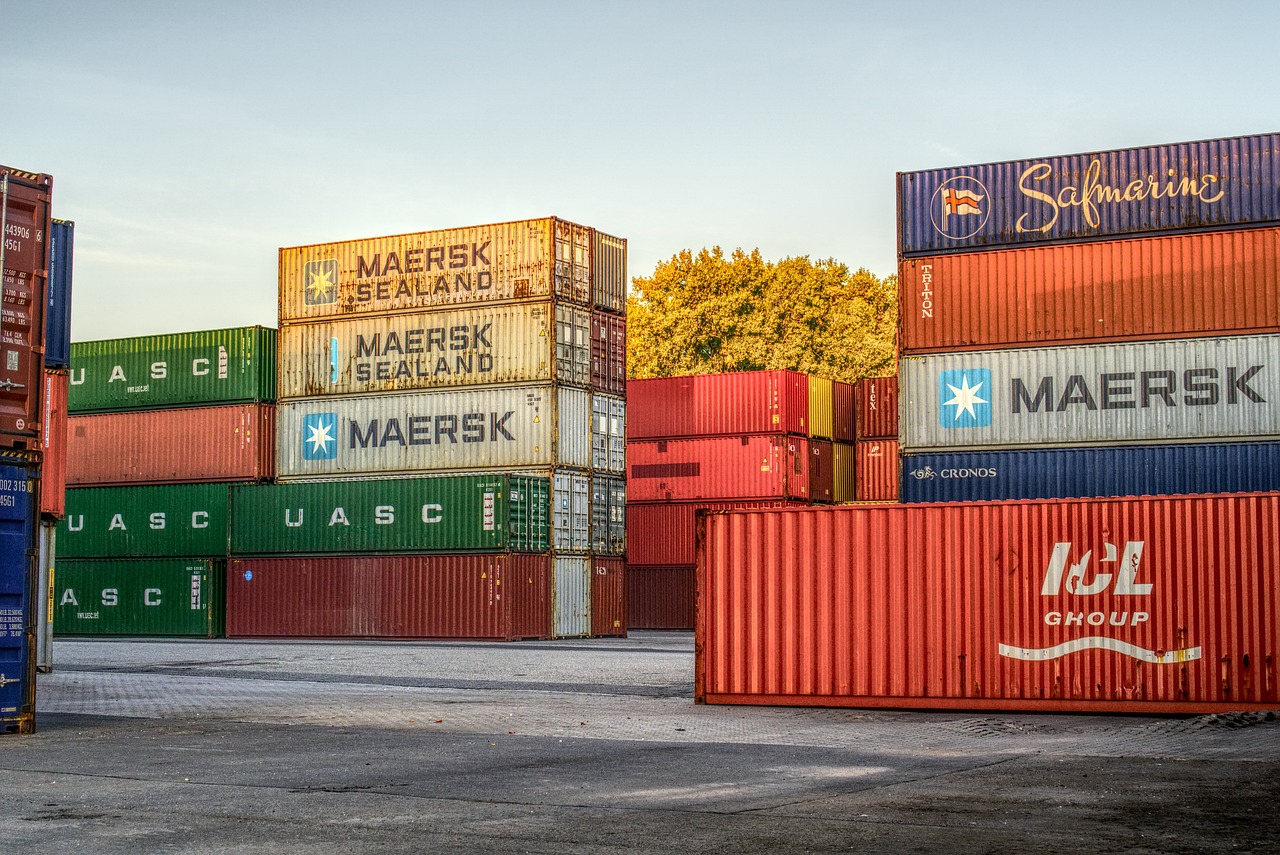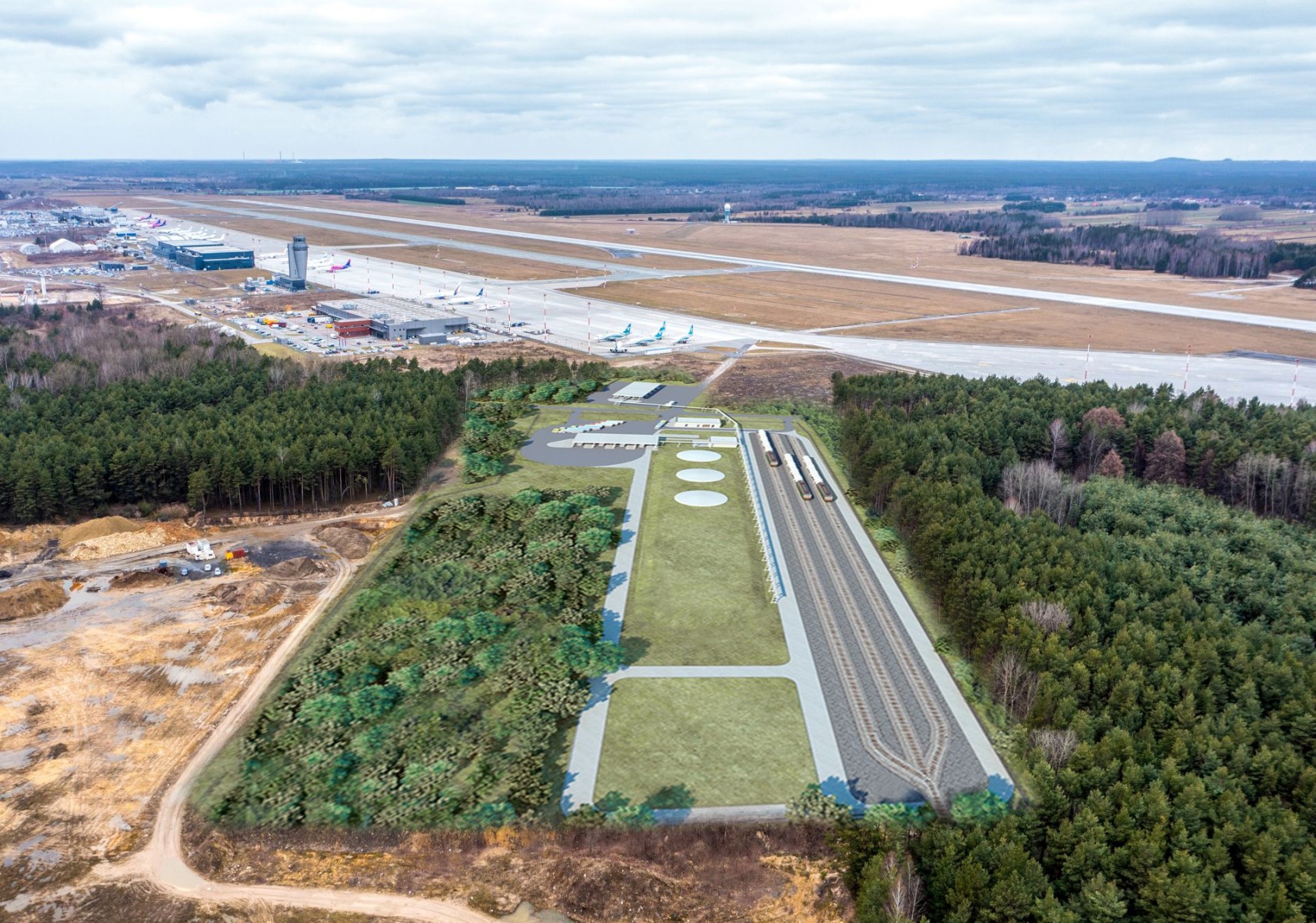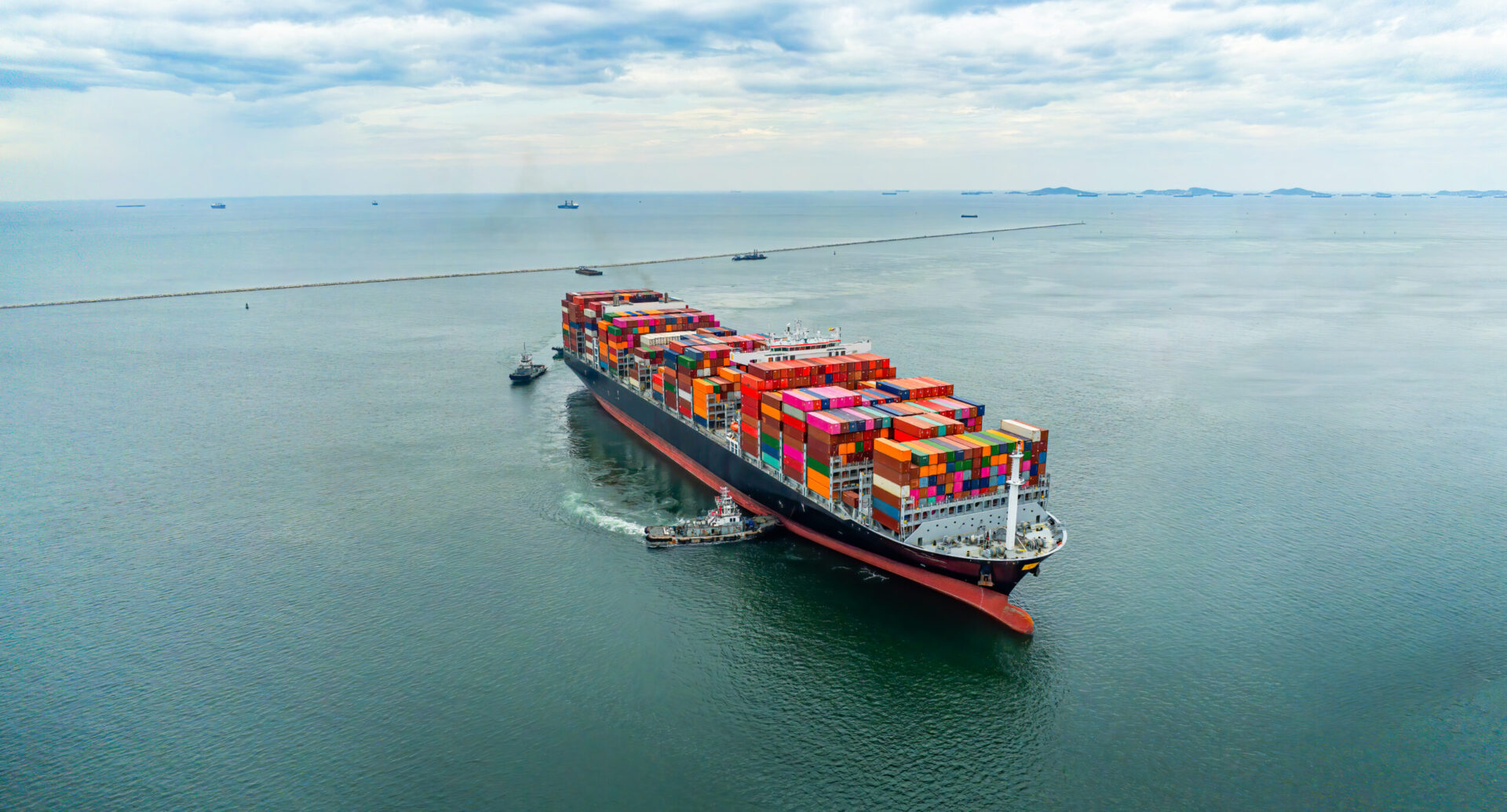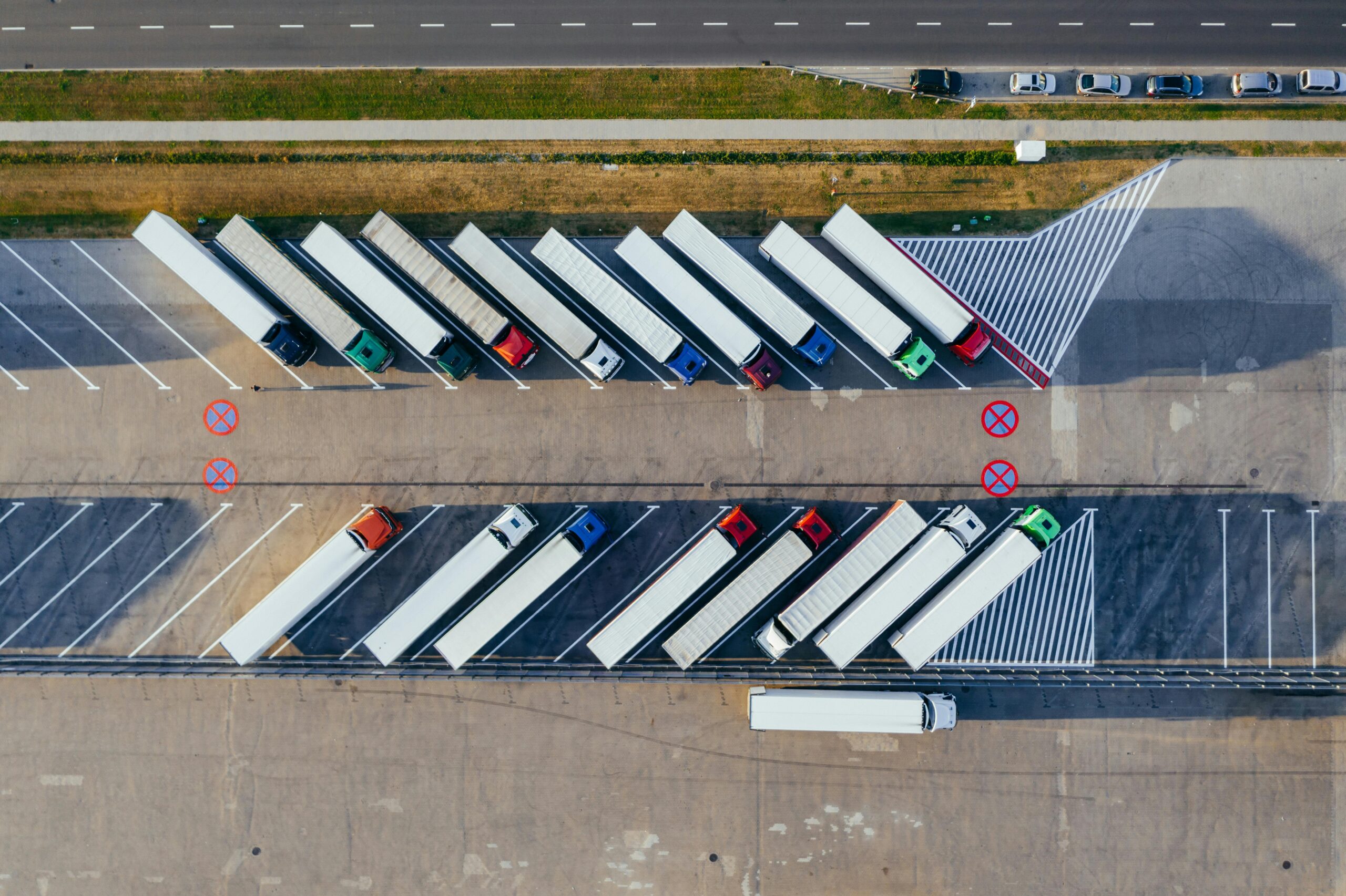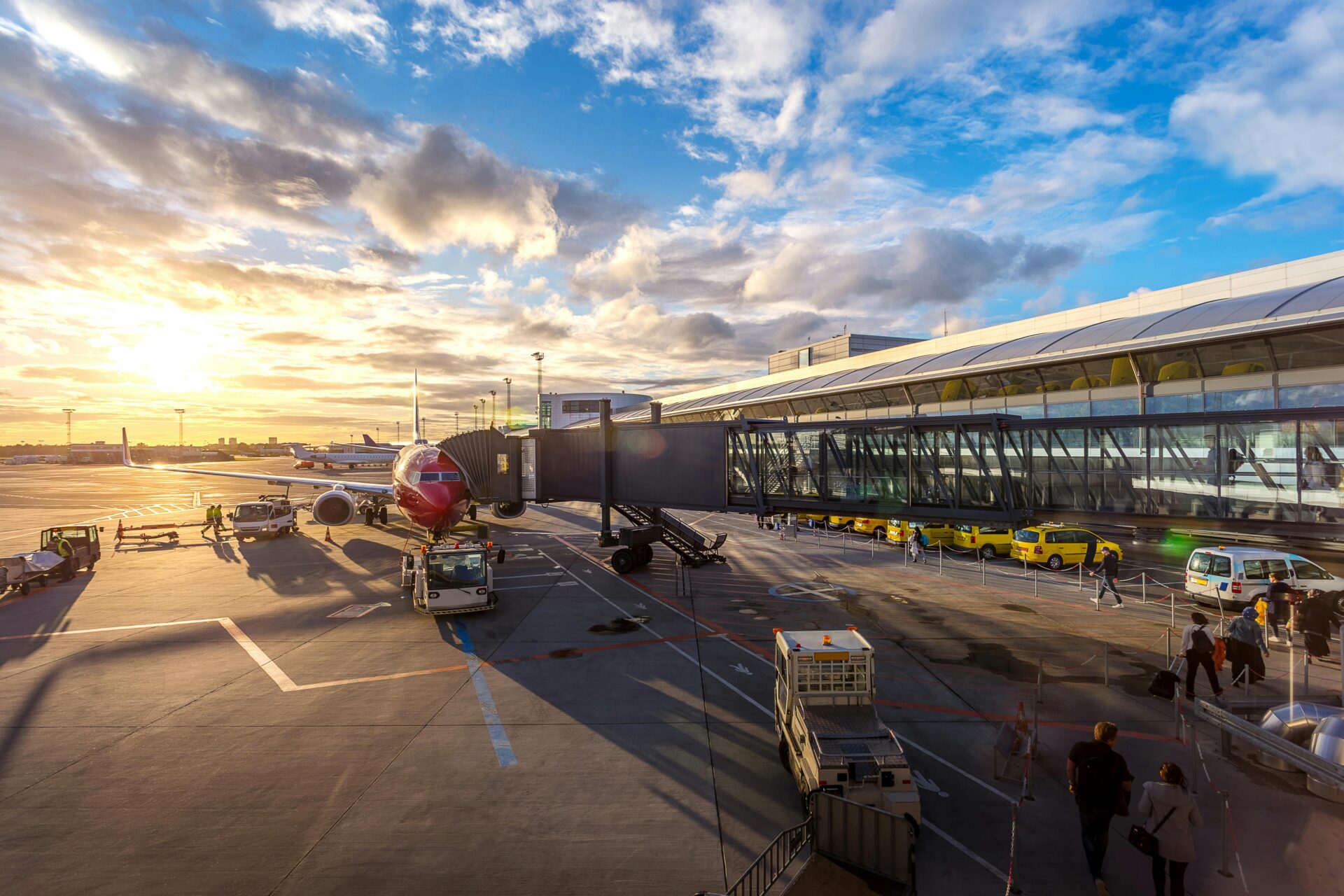EU introduces new sanctions on Belarus – what changes await Polish carriers?
The Council of the European Union has announced new sanctions related to Russia’s aggression against Ukraine. This time they hit Belarus directly because of its increasing involvement in the conflict on Europe’s eastern border. The new regulations primarily affect the transport of selected categories of goods to and from Belarus. They also introduce restrictions on the vehicles that can carry out these transports.
New rules on transport and technology
The extended sanctions include a ban on exports of dual-use products and technologies, as well as advanced goods that could support Belarus’ industrial potential. In addition, further export restrictions have been imposed on goods that could particularly contribute to the country’s industrial sector.
Import restrictions and ban on trailers
The sanctions also include a ban on the import of certain products, such as marine navigation components, mineral products and oil, from Belarus. In addition, the new rules introduce a ban on the transport of goods from Belarus to the EU using trailers and semi-trailers registered in Belarus. Transport companies with a share of at least 25% of Belarusian capital will not be allowed to operate in the EU.
Penalties for breaching sanctions – imprisonment and heavy fines
Carriers need to familiarise themselves carefully with the new regulations in order to avoid serious legal consequences, including financial penalties and imprisonment, for breaching the current rules.
EU Council Regulation – latest changes to sanctions
The changes were introduced by Council Regulation (EU) No 2024/1865, which updates the earlier Regulation (EC) No 765/2006. This is a key document for Polish hauliers as it contains the full catalogue of newly introduced sanctions for Belarus. In addition to the EU regulations, Polish operators are also bound by national sanctions regulations.
The new sanctions package came into force on 1 July 2024, introducing significant changes. They could significantly affect the operations of transport and export companies.

 Contact
Contact 
